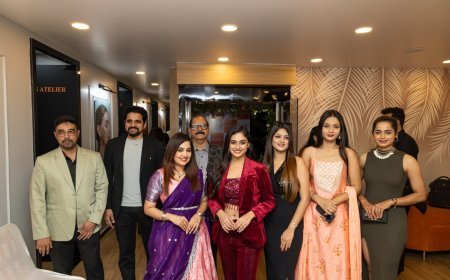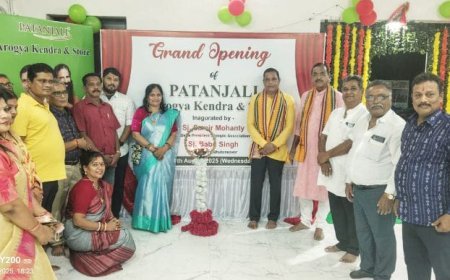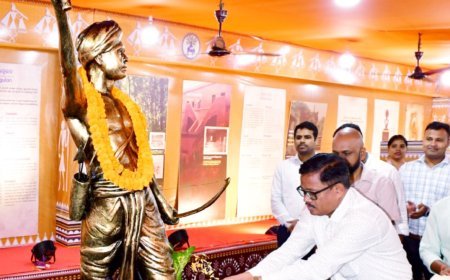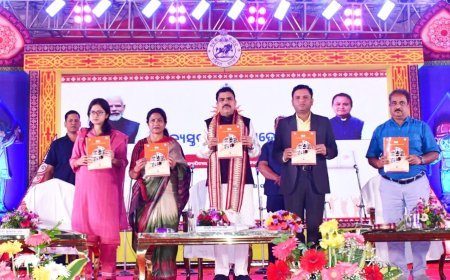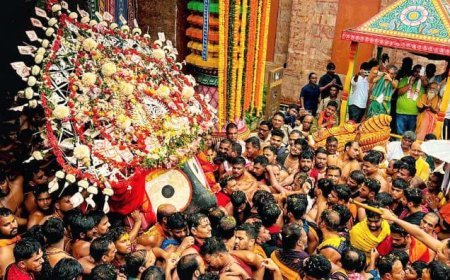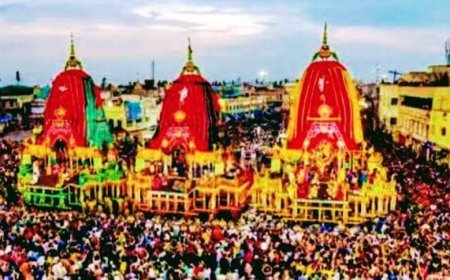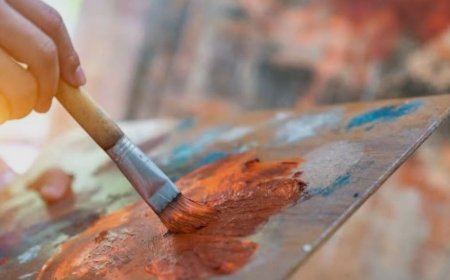SAURA PAINTING
Slowly disappearing, the indigenous SAURA ART .
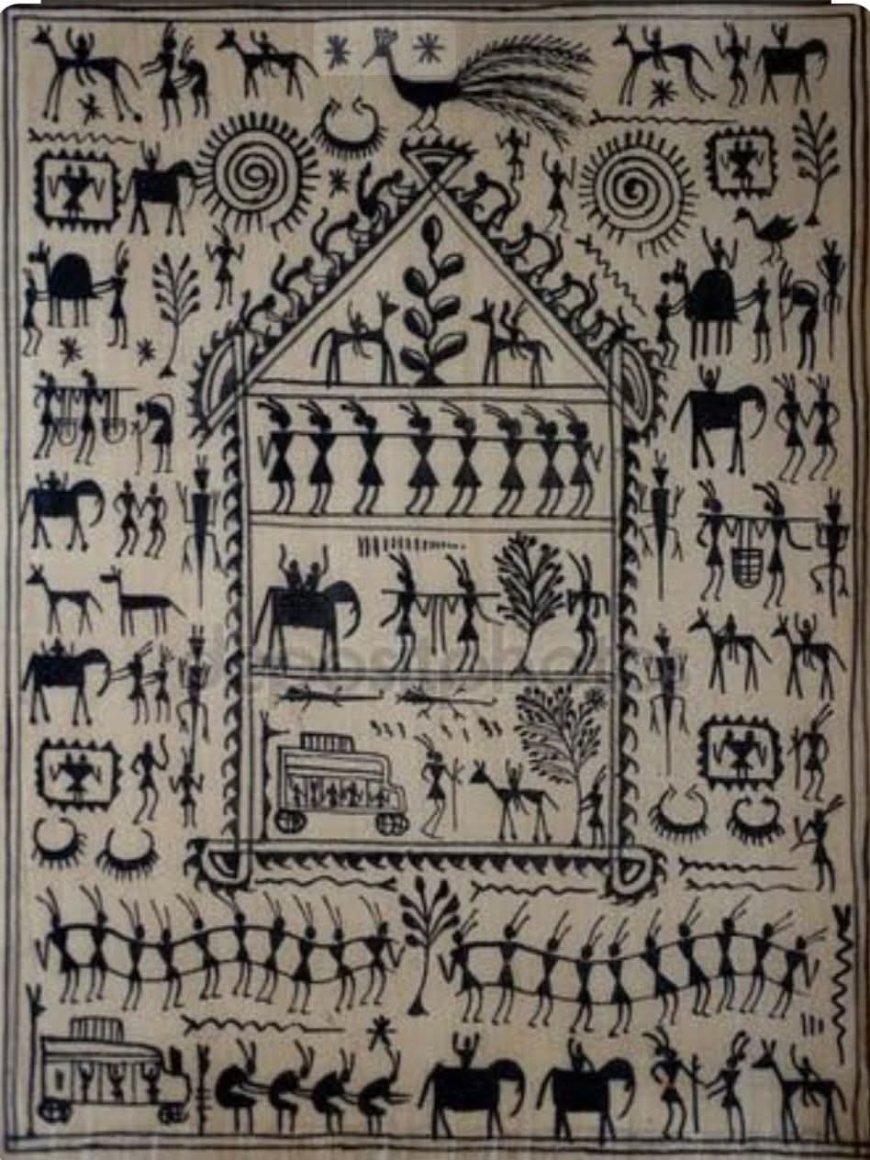
Sanjay Bhatt
Saura visual art, a traditional tribal art form, originates from the Saura tribal community in Odisha, primarily in villages like Rayagada, Gajapati, and Koraput. This ancient art, deeply rooted in the Sauras' religious and cultural beliefs, is known for its unique pictorial language, minimalistic style, and vibrant storytelling.
Characteristics of Saura Art:
1. Depiction of Daily Life and Mythology:
Saura paintings, known as "Ikons" or "Idital", portray daily activities, rituals, and folklore.
They often depict nature, animals, human figures, and deities, symbolizing harmony between life and the spiritual world.
2. Intricate Geometric Patterns:
The art is characterized by simple stick-like human figures with elongated arms and legs.
Symmetrical compositions, arranged in circular or linear forms, create a rhythmic movement in the paintings.
3. Religious and Ritual Significance:
Traditionally, Saura murals were painted on mud walls of houses to ward off evil and invoke blessings from their deity, Idital.
They also serve as a visual scripture, narrating stories of ancestors and nature gods.
4. Use of Natural Colors:
Saura artists use white, red, and black natural dyes, extracted from rice paste, charcoal, and earth minerals.
Traditionally, paintings were made on walls, but modern adaptations include canvas and cloth.
5. Stylistic Differences from Warli Art:
Though similar to Maharashtra’s Warli art, Saura figures are more compact and fluid, with curved lines and detailed patterns.
Unlike Warli, where male and female figures are distinct, Saura art does not differentiate genders in human forms.
Soura painting is an exquisite folk art, but this traditional art form is gradually disappearing. It is essential to preserve this unique painting style and promote it among the new generation.




